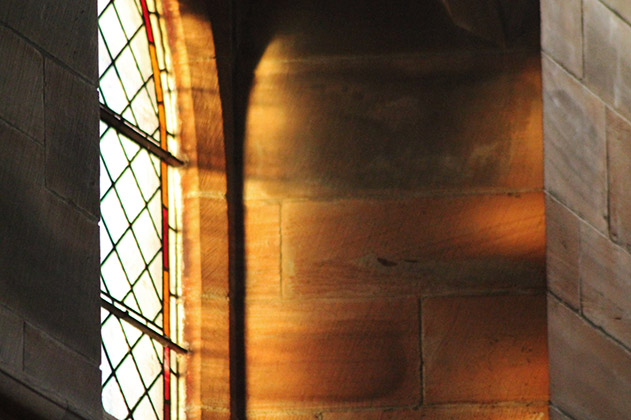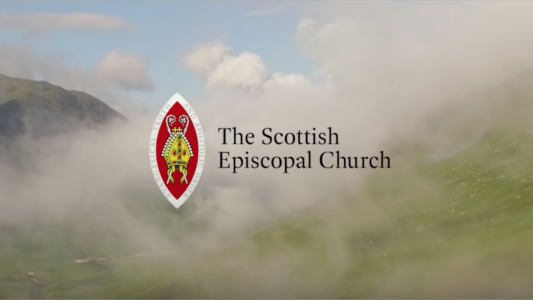A return to physical worship was welcomed last month as the country took its first steps out of lockdown.
However, the online broadcasting of worship services appears to be here to stay as chuches adapt to a new future, post-Covid. In the short term, access to online worship remains essential while there is a cap on attendance at church services. And in the longer term it is expected that a form of blended worship will be in demand, to allow those who can attend church to be joined by those who cannot – such as those with mobility or health issues, or those who live too far away to travel to the church building.
It has also become clear that online worship has helped churches to reach wider audiences than before, as indicated in a recent study carried out in Scotland by Brendan Research, details of which are here.
Despite the re-opening of churches and a clear desire to return to physical worship when it is safe, it is clear that many of those who have provide online worship during the pandemic would like to know how to improve on their offerings, or how to make their production more efficient. There has also been a thirst for knowledge over permission to use music, and copyright issues in general.
The communications team at the Scottish Episcopal Church has created two new documents which are designed to provide support and guidance to those involved in delivering online worship, from those who might be starting out for the first time to those who are well-practiced in this area but would like to consider further development of their offering.
A Guide to Producing Online Worship
The two-part guide does not provide a definitive summary of all aspects of live or pre-recorded worship, but instead addresses many of the commonly asked questions and offers guidance on what type of online worship might best suit a congregations’ circumstances.
For some, the guides might not be detailed enough in some areas, and further external research might be required.
For others, the guides will look daunting and complex, but it should be stressed that not all sections will be applicable to the average reader, who can take from the guide whatever information they find useful and leave the rest.
We hope the guides will be useful as churches prepare for a future which embraces and utilises digital technology like never before. If you have any comments or suggestions to make, please contact Aidan Strange, Digital Communications Co-ordinator, at aidans@scotland.anglican.org or Donald Walker, Director of Communications, at dwalker@scotland.anglican.org








